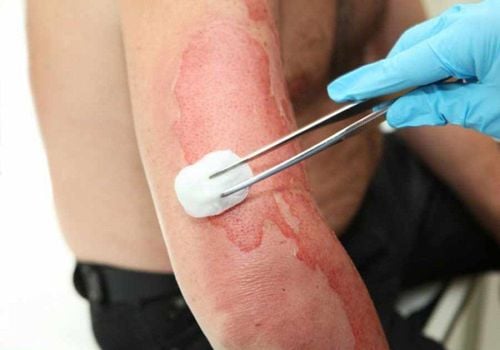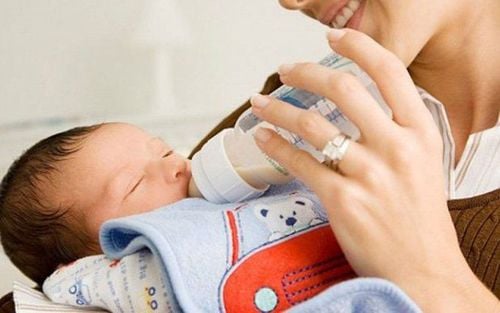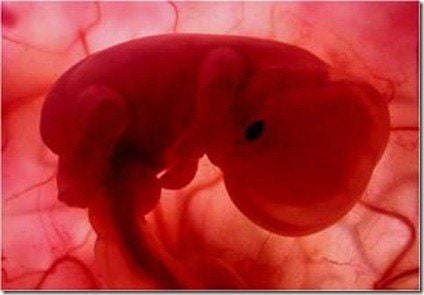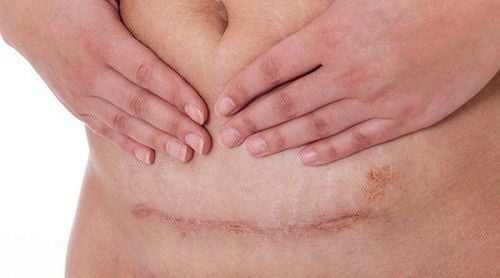This is an automatically translated article.
Cesarean section is usually indicated in cases where the woman has health problems and is dangerous if she gives birth vaginally. In order for the labor to be successful, safe, and to be a "round and square mother", it is essential to take care of the newborn mother during and immediately after the cesarean section.1. When is cesarean section indicated?
Cesarean section is a clinical surgery in obstetrics to help bring the fetus, placenta and amniotic fluid out of the mother through an incision in the uterine wall, when the mother cannot give birth vaginally.Normally, a woman on the day of delivery will be advised to give birth normally to be good for both mother and fetus, but in some special cases, the doctor will appoint a cesarean section when the prognosis is difficult. and the risks that pregnant women will face if they give birth vaginally, specifically:
Unfavorable fetal position (shoulder in first-term pregnancies) Central placenta previa Elderly pregnant women with second-born babies Narrow pelvis , malformed or too large fetus Carrying multiple pregnancy Uterus showing signs of rupture, weak uterine contractions Heavy bleeding before delivery Pregnant woman with severe and moderate hypertensive syndrome Pregnant woman with heart disease during pregnancy Yes history of difficulty in labor There is a history of surgery Fetal asphyxia in the uterus, fetal distress Early ruptured umbilical cord Fetal heart failure
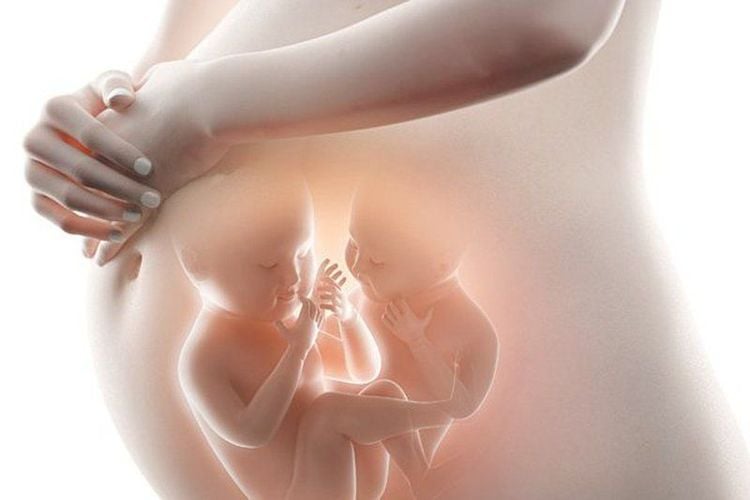
Sản phụ sẽ được chỉ định mổ lấy thai nếu mang đa thai
2. Benefits of essential neonatal care after cesarean section
To help ensure the safety of both mother and child, after a cesarean section, it is very important to take care of the newborn mother during and immediately after the cesarean section. Ministry of Health.The interventional management and essential newborn care during and immediately after birth not only has a theoretical and practical basis, but also has proven its benefits, including, for the baby to have skin-to-skin contact with the mother , late clamping and cutting of the infant's umbilical cord, active management of the third stage of labor, and early breastfeeding.
Giving the baby skin-to-skin contact with the mother immediately after birth In the essential care of a mother during and immediately after a cesarean section, the first and most important step is to allow the baby to have skin-to-skin contact. skin-to-skin contact with the mother immediately after birth, the infant, when being in skin-to-skin contact with the mother, will increase the interaction between the mother and the child, helping the child not to have hypothermia and know how to find the breast early, the ability to breastfeed thanks to that. will be better.
In addition, the mother's psychology when being near her baby will also help reduce anxiety and pain during labor. In particular, babies who are in skin-to-skin contact with their mothers tend to be more obedient and less fussy, this has been tested on many cases.
Late clamping and cutting of the baby's umbilical cord In some books on essential neonatal care, studies on the physiology of newborns performed by scientists have shown that, in the first few minutes, The first time after birth, the amount of blood transferred from the placenta to the umbilical cord accounts for about 80ml and can be up to 100ml within 3 minutes, so if you clamp and cut the umbilical cord a little later, it will help the baby get a good amount of blood. This extra increase is to provide an iron equivalent of about 40-50mg/kg of baby's weight and prevent iron-deficiency anemia in the first year of life.
Active management step 3 of labor Bleeding after delivery is believed to be the leading cause of maternal death, although this condition may be predicted by doctors in advance, but in reality 90% of bleeding cases can still occur in women who are not at risk.
Therefore, to prevent this situation, the International Association of Obstetricians and Gynecologists and the International Association of Midwives ICM have recommended active management of the 3rd stage of labor with 3 interventions including: Pulling the cord. controlled umbilical cord, intramuscular injection of oxytocin to the mother immediately after birth and massage of the fundus of the uterus every 15 minutes immediately after birth.
Early breastfeeding Exclusive breastfeeding early and soon after birth strengthens the infant's immunity and can prevent infant deaths from diarrhea and acute respiratory infections in the first 3 months. For mothers, early breastfeeding will also increase the ability to stimulate the pituitary gland to increase oxytocin secretion in order to help the uterus contract better to prevent bleeding after birth. in the essential steps of maternal and newborn care during and immediately after the critical cesarean section.
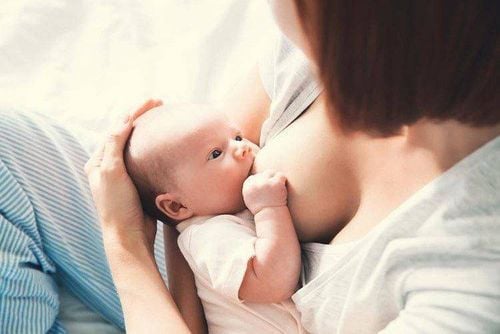
Việc cho trẻ bú sữa mẹ hoàn toàn sớm và ngay sau khi sinh sẽ giúp tăng cường sự miễn dịch cho trẻ
3. How safe is the essential care of newborn mothers during and immediately after cesarean section?
In order to provide essential care for mothers and babies during and immediately after cesarean section safely, it is necessary to ensure necessary requirements such as: Clear counseling for pregnant women must be conducted, careful implementation of surgery and monitoring to detect complications for timely treatment.When advising a woman with a cesarean section, in addition to the general advice, the doctor needs to explain in detail the contents and essential care procedures for mothers and babies during and immediately after the cesarean section, including: : Giving babies skin-to-skin contact, the benefits of clamping and cutting the umbilical cord late by one stage, guiding mothers to recognize when babies show signs of asking for milk...
When implementing necessary technical interventions Ensure: Spread a sterile towel on the mother's thigh just below the incision at the time of taking the baby out of the womb, when taking the baby out of the womb, do not cut the umbilical cord immediately, but lay the baby on a sterile towel To dry and warm the baby, notify the date, time, minute of birth and gender of the baby to the mother, after drying the baby and assessing the baby's general condition according to the routine, warm the baby with a blanket. other towels. The mother will now be given an injection of oxytocine 10 units to help the uterus contract better.
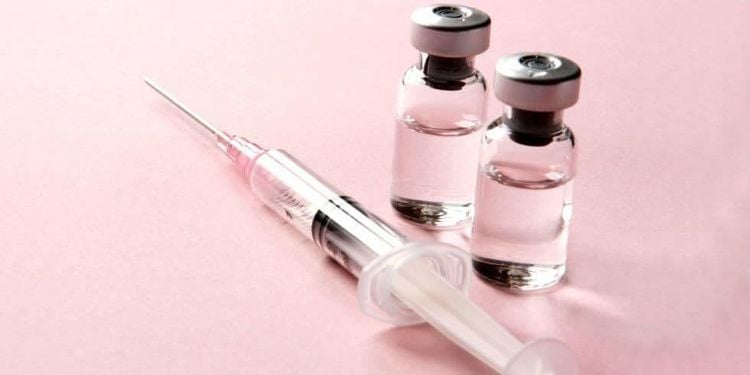
Người mẹ sẽ được tiêm thuốc oxytocine 10 đơn vị để giúp cho tử cung co lại tốt hơn
Vinmec International General Hospital offers a Package Maternity Care Program for pregnant women right from the first months of pregnancy with a full range of antenatal care visits, periodical 3D and 4D ultrasounds and routine tests to ensure that the mother is healthy and the fetus is developing comprehensively. Pregnant women will no longer be alone when entering labor because having a loved one to help them during childbirth always brings peace of mind and happiness.
Please dial HOTLINE for more information or register for an appointment HERE. Download MyVinmec app to make appointments faster and to manage your bookings easily.





